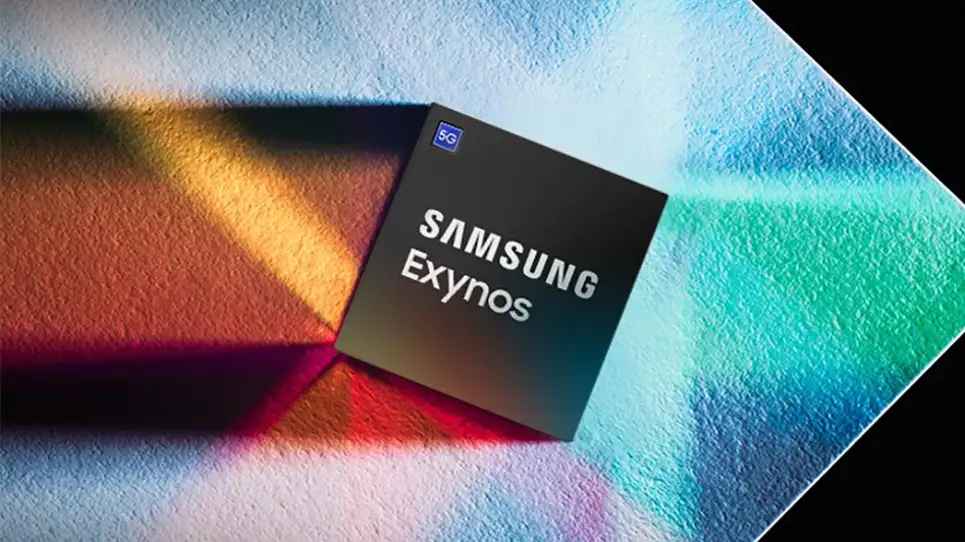
South Korean manufacturer Samsung marked its highest third quarter (Q3) in history as chip demand rises, on account of the market’s inflated semiconductor and smartphone consumption.
Samsung’s quarterly sale outcome is the most promising in the company’s history, and the vendor has semiconductor and smartphone manufacturing to thank for that. The company’s operating profit is the second highest after its 2018 third quarter.
From 2020 Q3 till the current year, sales and operating profits respectively spiraled by 9 percent and 27 percent in a fiscal year.
According to South Korea’s experts, Samsung’s profit skyrocketed as a consequential result of the increased demand on semiconductors and smartphones manufacturing, as the conglomerate played a vital role in complying with the market’s demands, leading to more than half of its operating profit margin.
This augmented profit could be attributed to the premeditatedly set prices of memory chips.
The elevated pricing in memory chip value was initiated during the semiconductor manufacturer’s Q2, executing a fundamental role in maintaining high performance in its Q3.
Earlier this week, Samsung Mobile revealed a high sales revenue led by the selling of a million units of its Galaxy Z Fold 3 and Galaxy Z Flip 3 in South Korea alone. This pinned a stout sales and operating profit led by the highly ranked performance of its recently released smartphones.
In an additional maneuver to maximize its devices’ capacities, Samsung is in the throes of boosting mobile graphics by incorporating support for ray tracing in GPUs on its upcoming Exynos chip processors.

When California-based semiconductor company Advanced Micro Devices (AMD) announced earlier in June its partnership with the South Korean manufacturer to provide RDNA 2 graphics technology to its Exynos mobile system-on-chip, the move played an immense role in increasing demand on Samsung products, as the innovative graphic technology could heighten GPU performance in flagship Samsung phones.
Even though not enough details have been released to the public about the chip and which products it will be incorporated into, AMD described the chip as the “next-generation Exynos SoC.”
RDNA 2 promises massive performance enhancement, higher efficiency in terms of ray support, and variable rate shading on Samsung’s Exynos chipsets.
Not many companies have the privilege of manufacturing their own processors, but Samsung managed to create a reputation for itself in the field, alongside some of the biggest names in the industry, such as Apple and Huawei.
This move provides the South Korean company with manufacturer processors that explicitly fulfill the company’s needs in its product manufacturing process.
Now, although the company has yet to reveal to the anticipated public which chip will support AMD’s RDNA2, experts believe the soon-to-be-released chip will be the eagerly anticipated Exynos 2200, expected to be included in some Galaxy S22 editions.
While Samsung is collaborating with the other semiconductor manufacturers to evolve the functionality of its products and make them even more appealing to its consumers, one of the biggest names in the Big Tech universe is seeking the Korean company’s support in supplying its device with its 5G chips.
In August, Alphabet Inc.’s unit Google announced its plan to obtain Samsung Electronics’ support to equip its latest smartphone showpiece Pixel 6 and Pixel 6 Pro High-end phones with Samsung’s 5G modem.
As for its complete earnings report, the Seoul-based company is expected to publicize the report at the end of October.